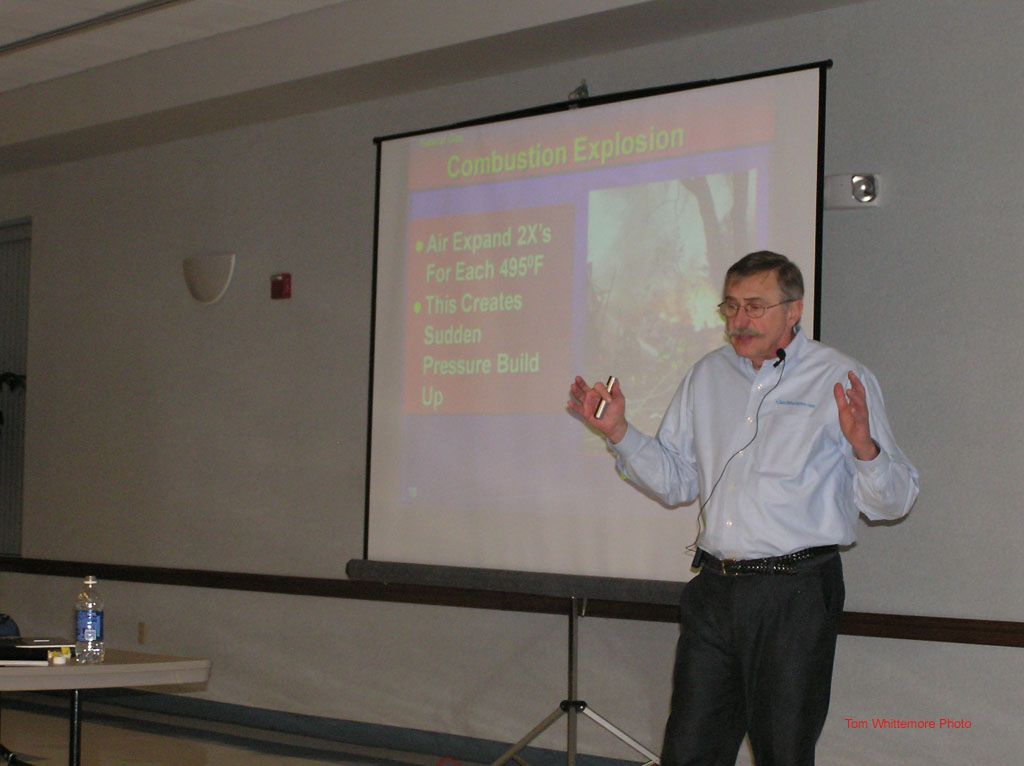When responding to emergencies and fires, we need all of the information that we can get to help us make safe and effective decisions. The tips below are offered to add to your knowledge and assist in your decision making. More will be added.

“I have no ambition in this world but one, and that is to be a fireman. The position may, in the eyes of some, appear to be a lowly one; but we who know the work which a fireman has to do believe his is a noble calling. Our proudest moment is to save lives. Under the impulse of such thoughts the nobility of the occupation thrills us and stimulates us to deeds of daring, even of supreme sacrifice.”
Edward F. Croker, Chief of Department, F.D.N.Y. 1899-1911
When responding to emergencies and fires, we need all of the information that we can get to help us make safe and effective decisions. The tips below are offered to add to your knowledge and assist in your decision making. More will be added.

Natural gas is extremely dangerous and can be almost imperceptible in many cases. However, it does have a recognizable odor. Natural gas runs through your home and is part of your utilities; the odorant Mercaptan can be scrubbed out as the gas passes through sand or dirt. It can be removed once it’s passed through steel gas pipes until the pipe becomes saturated. Once that happens, the odorant can’t be removed anymore.
This is important because gas leaking from an underground pipe seeps into structures with a reduced gas odor, making it even harder to detect. Knowing this, firefighters can always arrive equipped with a combustible gas indicator(meter) to avoid any accidents.
Note: Gas Transmission Pipelines, the ones delivering gas to your utility, don’t have the odorant added; however, if you see dead vegetation around the leak or bubbling in puddles, you’ll be able to see signs of it. That’s why the combustible gas indicator is vital, as it will detect it regardless.